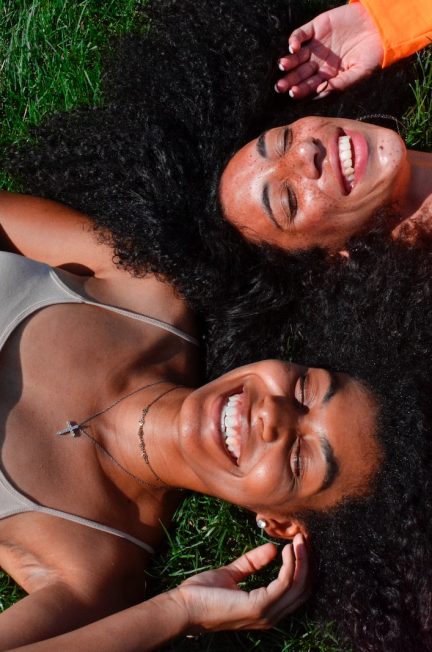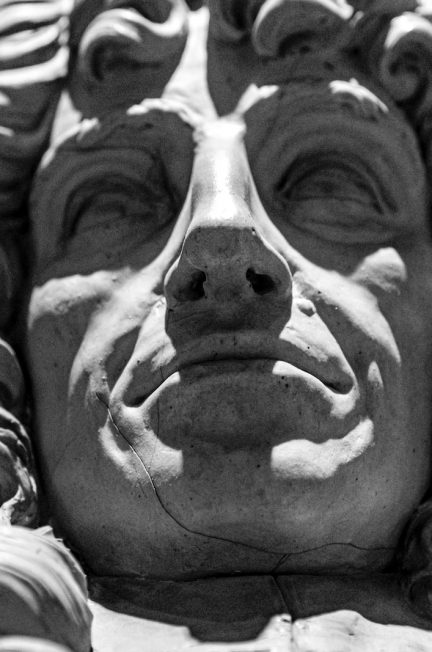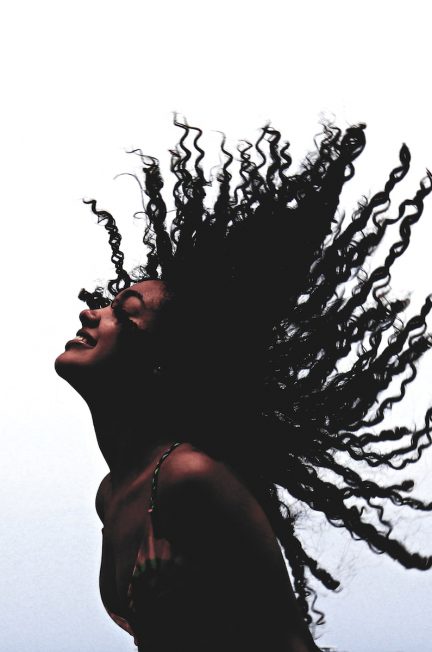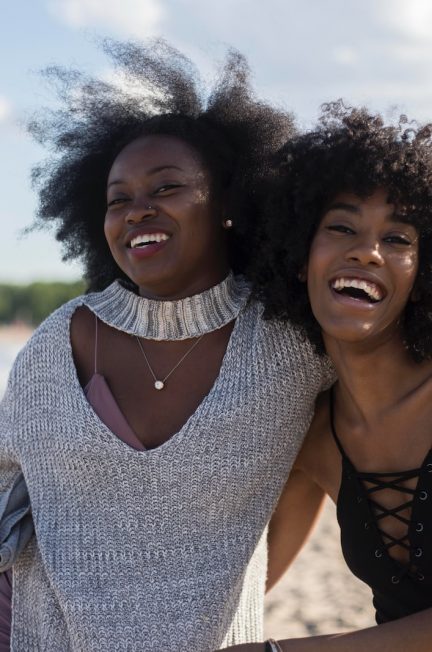In the world of beauty and self-expression, hairstyles have always been a powerful means of communication. Over the decades, trends have come and gone, but one particular hair type that experienced a remarkable resurgence in the 2010s was curly hair. The 2010s marked a significant shift in beauty standards, and with it came the emergence of a powerful cultural movement that celebrated natural curls like never before. This blog post delves into the fascinating journey of how curly hair culture gained momentum and the lasting impact it left on society.
The Diversity Movement
The early 2010s witnessed a radical transformation in the beauty industry, where diversity became a central focus. Consumers were no longer content with homogenous representations of beauty; they sought authenticity and inclusivity. The movement called for a more accurate reflection of the world’s diverse population in advertising, media, and fashion. This was the perfect environment for curly hair to shine, as it showcased a broad spectrum of hair textures and a diverse range of individuals embracing their natural curls.
The Power of Social Media
One of the most significant catalysts for the curly hair movement was the rise of social media. Platforms like Instagram, YouTube, and Pinterest became hubs for influencers and content creators, and curly-haired individuals found a space to share their journeys, tips, and products. Suddenly, curly hair was no longer seen as unruly or unmanageable but as a symbol of empowerment and individuality. Influencers like CurlyPenny, Naptural85, and CurlyNikki amassed large followings, inspiring others to embrace their natural curls.
Curly Hair Products & Brands
As the demand for curly hair products increased, haircare brands took notice. Many companies began developing specialized product lines targeting those with curly hair, offering a wide array of shampoos, conditioners, stylers, and treatments tailored to cater to unique curl needs. The 2010s saw the rise of “curly girl” approved products, indicating that they were free from harsh chemicals like sulfates and silicones, which could be damaging to curly hair. As a result, the availability of these products empowered individuals to embrace their natural curls and experiment with different hairstyles.
Representation in Media and Fashion
The fashion and media industries, which were once dominated by straight, sleek hairstyles, started embracing the beauty of natural curls. Runways featured models with curly hair, and ad campaigns began featuring individuals with diverse curl patterns, challenging traditional beauty standards. This shift sent a powerful message to people around the world, encouraging them to embrace their natural hair and celebrate their unique beauty.
Curly Hair Icons and Celebrities
The 2010s saw the rise of curly hair icons and celebrities who proudly showcased their curls on the red carpet and in the spotlight. Actresses like Zendaya and Viola Davis, along with musicians like Solange Knowles and Lenny Kravitz, became ambassadors for curly hair culture. Their confidence and style choices resonated with many, inspiring a generation to embrace their natural hair texture.
Impact on Self-Identity and Empowerment
The emergence of curly hair culture had a profound impact on self-identity and empowerment. Individuals with curly hair, who had previously felt pressured to conform to society’s beauty ideals by straightening their hair, now felt encouraged to embrace their natural curls with pride. The curly hair movement became more than just a trend; it became a symbol of breaking free from societal norms and accepting oneself as they truly are.
The rise of curly hair culture in the 2010s was a transformative moment in the world of beauty and self-expression. It was a time when diversity and authenticity were celebrated, and individuals found the courage to embrace their natural curls. From social media influencers to celebrity icons, the curly hair movement inspired people globally to appreciate their unique beauty and fostered a sense of empowerment. As we move forward, let us remember the impact of this cultural movement and continue to celebrate and support diversity in all its forms.



